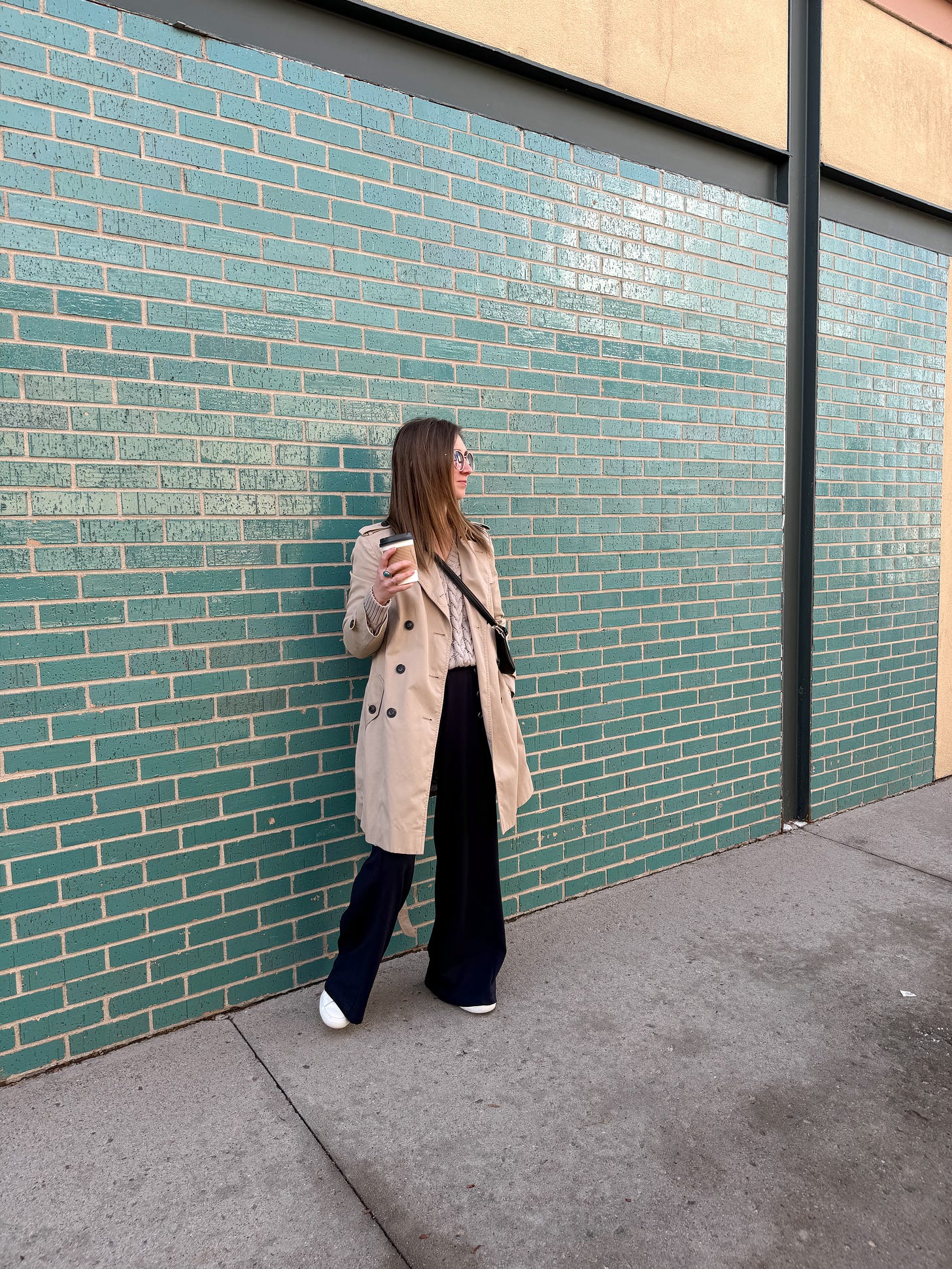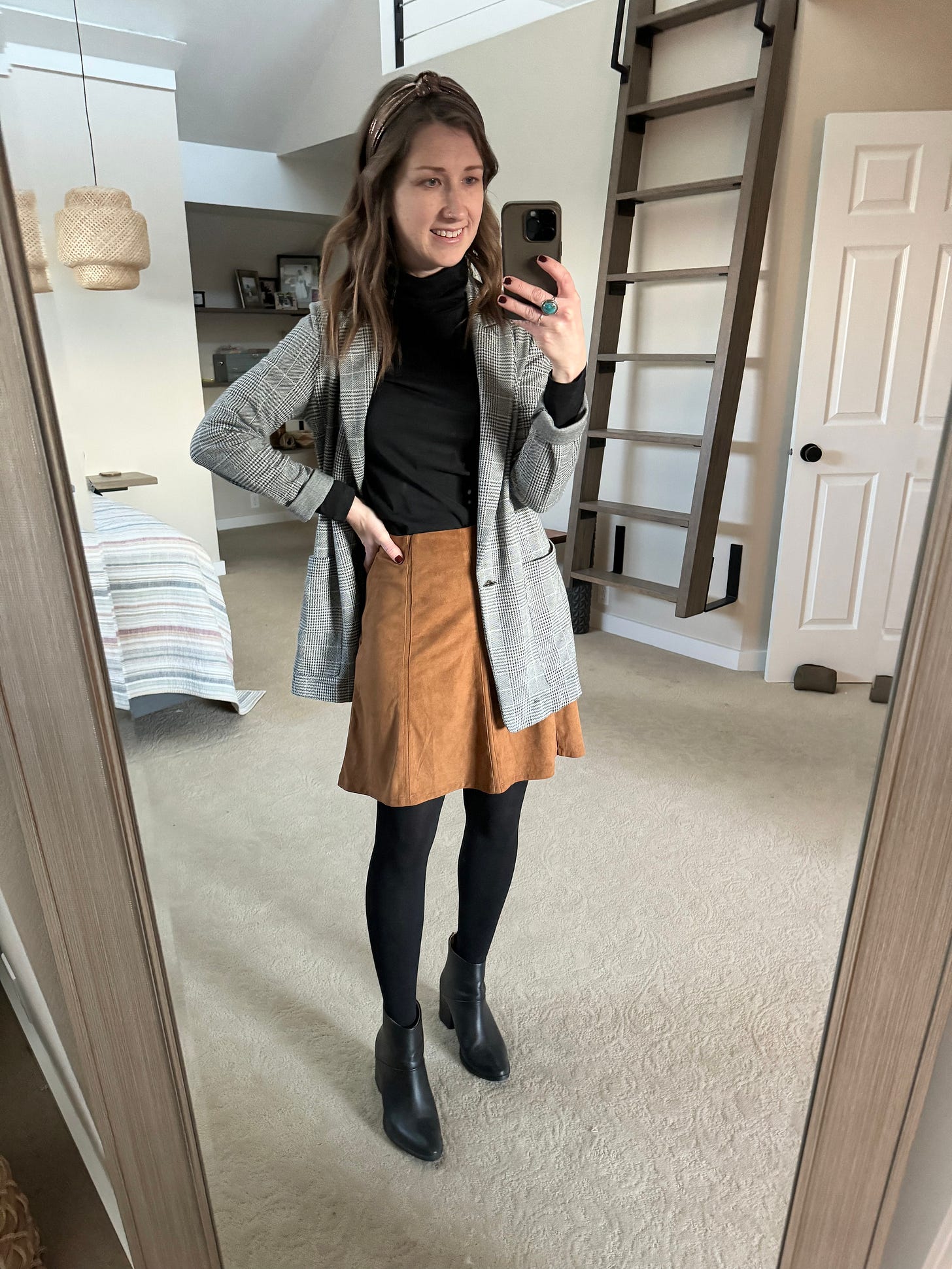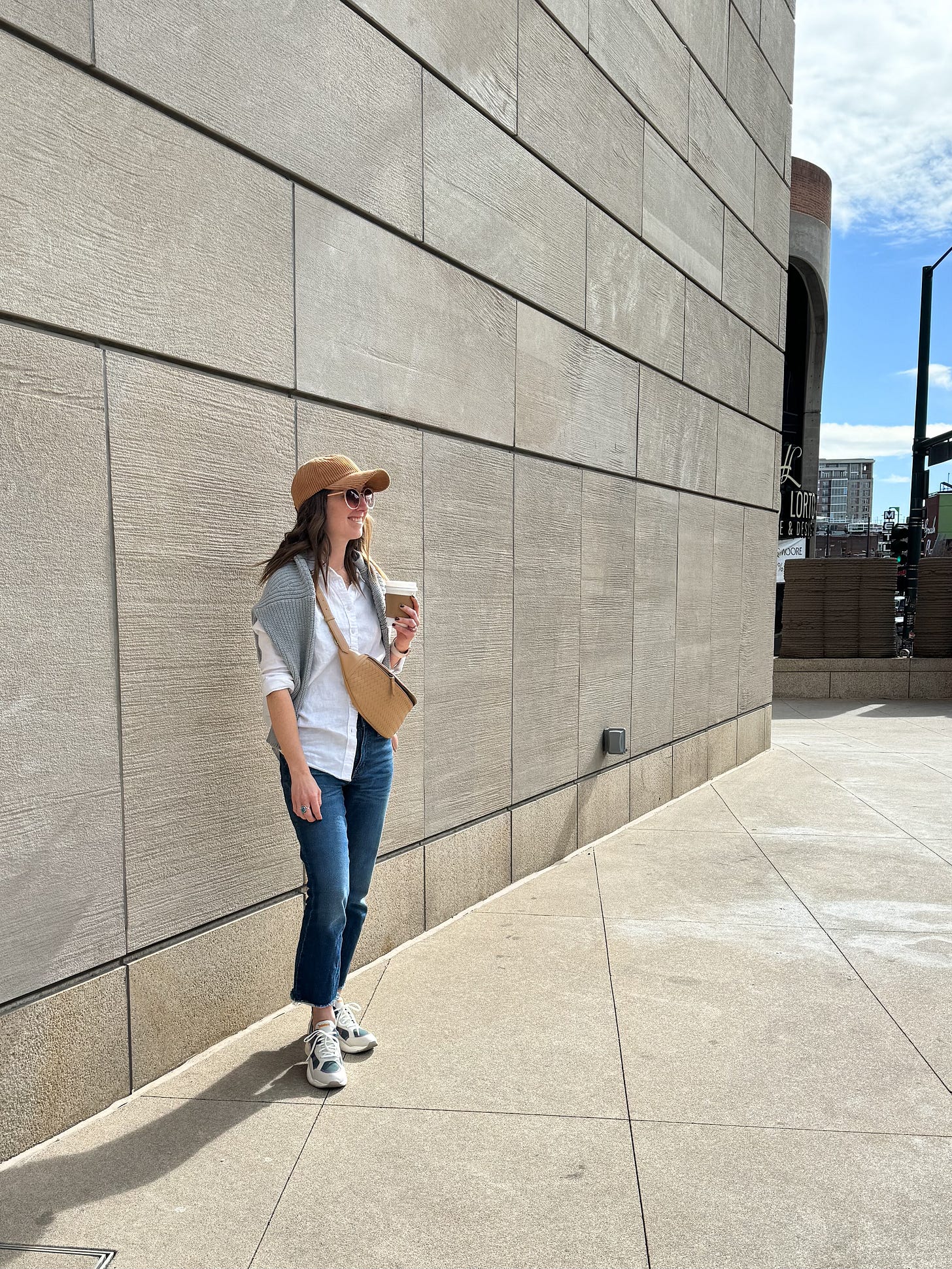How your closet can serve you better
If you want your closet to serve you better, rethink how you shop...
How we shop, where we shop, what we buy, and ultimately add to our closets determines how well our closets will serve us…or not.
Many of us have boundaries in various areas of our lives. How long we work. How much we spend. When we wake up. When we go to bed. Our time spent on our phones. How much we eat. But often we don’t think of having boundaries when it comes where we buy clothes and what we put on our bodies.
In our modern, western culture the idea of “wise spending” is often translated to us as purchasing what is cheapest, the best deal, or the common “it was on sale!”. This is no exception when it comes to clothing. We pat each other on the back as if we’ve done the highest good and we are helping others by telling them about the quote unquote good deal.
But I propose this is not always the best option…nor the most budget friendly. But we can get into the budget side another time…first let’s talk about using our resources to do good.
Clothes are yet another way we can use our resources to do good.
Fashion has changed a lot over the past 100 years and especially since the 80s/90s when most of the production went overseas.
Your closet will serve you better if you don’t fall into the fast fashion marketing of constantly pushing new items into our faces. Many times we feel we have “nothing to wear” because
1. we see new things CONSTANTLY and
2. these pieces are not designed to be cohesive. They are designed and constructed to be disposable.
Yes you read that correctly. Fast fashion brands KNOW we are all wanting that next dopamine hit when buying a new outfit or even just a new pair of jeans. And because they are producing more, faster, cheaper…the quality has gone downhill.
Think about how this has caused a mindset shift in how we view our clothes. 100, and even 50 years ago…closets contained less and clothes were an investments. Our clothes are no longer viewed as investments, but near disposable items. You know in the back of your mind when you buy that 5, 7, or even 15 dollar tee you are fine replacing it if you spill red wine on it and can’t lift it out of the fabric. And having a “replaceable” mindset is the opposite of having a closet that serves you best.
That brings us to the problem of fast fashion. Let’s define that: Fast fashion is a newer concept that emerged in the late 1980s and early 1990s, revolutionizing the way we consume clothing. It is characterized by rapid turnover of trendy designs at affordable prices, made possible by quick production cycles and global supply chains. While it offers accessibility to the latest styles, fast fashion has also raised concerns about its environmental impact, labor practices, and overall sustainability. Overseas workers in the garment industry are often paid below living wage standards, work in unsafe environments, and fast fashion factories can often be a contributor to the problem of human trafficking and child labor in order to meet demands of consumers.
Just take a moment to consider
how many people touch what we wear in some form: the farmers, textile weavers, garment dyers, pattern makers, seamstresses, QC, packing, shipping, buyers, designers, marketers, models, retail floor...to you. And that’s definitely not everyone!
The alternative to fast fashion is fair trade or ethical fashion. Slow or ethical fashion is a mindful and intentional approach to what we consume in the fashion industry. It focuses on creating high-quality clothing that is made to last, utilizing sustainable materials, and ensuring fair wages and working conditions for garment workers. Slow fashion encourages consumers to buy less, choose well, and make garments last longer through care and repair. By shifting away from the fast-paced, disposable nature of fast fashion, slow fashion promotes a more environmentally friendly and socially conscious way of dressing. Embracing slow fashion means valuing overall impact of our clothing choices on the planet and the people involved in the production process. The MOST ETHICAL thing you can do is wear what you own!
Take a moment to think through All the ways we can consume clothing without purchasing fast fashion: wearing what you own, borrowing, repairing, rewearing, altering, thrifting, consigning, and promoting slow/ethical brands. Ethical brands care about all involved and use their resources well as opposed to focusing on “more/faster/cheaper”. Not to mention your money is making difference in the lives of others. Training, healthcare, education, safety, purpose, belonging…ethical fashion brands care about those they employ as well as those they clothe.
In order to have your closet serve you better
we must reframe our closets to be INTENTIONAL. (yes, that’s why I named my Substack The Intentional Closet 😉)
Joy rarely comes from impulsive decisions lacking boundaries. So when we reframe our mindsets about our closets, shopping habits, and style...I think this creates a great foundation for a closet that brings you joy!
When you shop and dress with intention, you will find you have so much in your closet to work with that you are excited about because it is higher quality, you are taking care of it, and it is cohesive! Plus it reflects YOU and not just what you grabbed on a whim during a trip to Target.
This is where we need to be intentional with having a COST PER WEAR mindset instead of a “good deal” mindset (which is a topic we will do a deep dive into another time.)
So let’s work on changing our mindset about clothes and be intentional…together.







